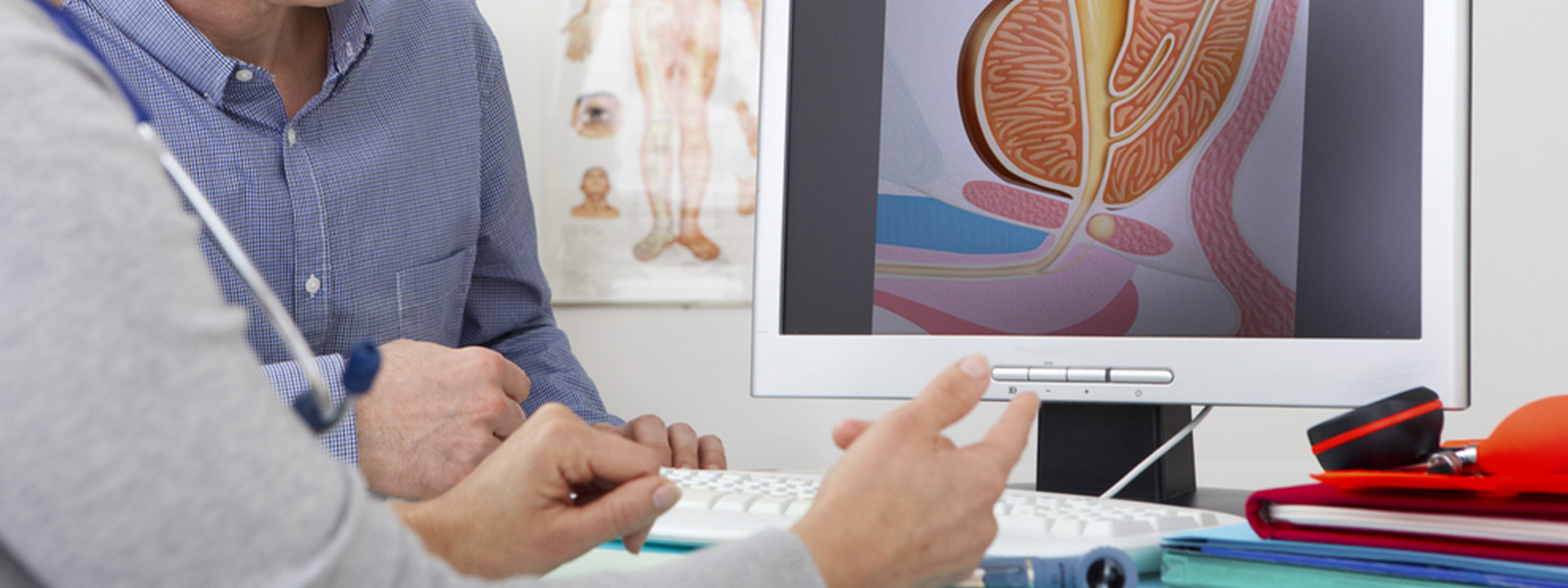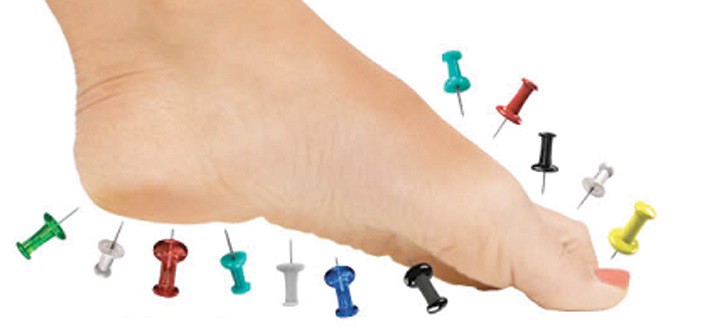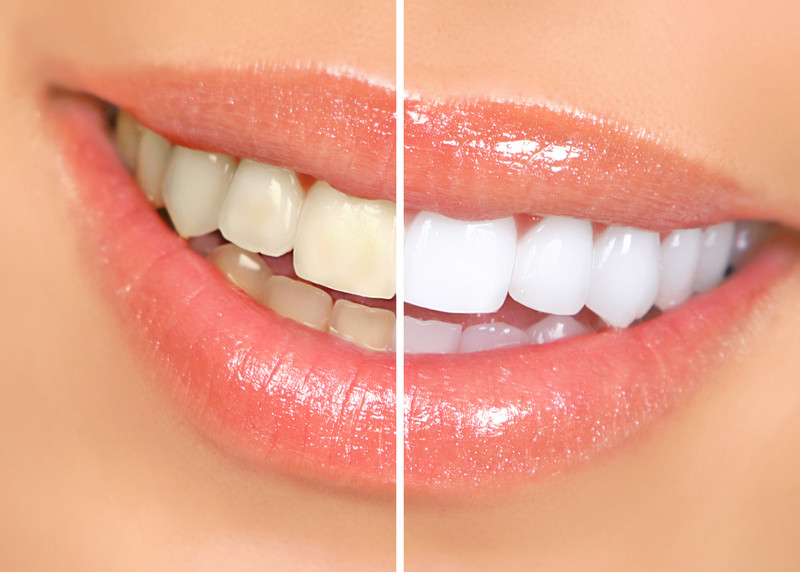Dealing with Nosebleeds: Effective First Aid Techniques

Nosebleeds, though common and usually harmless, can be alarming and uncomfortable. Knowing how to respond promptly and effectively is crucial in managing nosebleeds. In this comprehensive guide, we’ll explore the causes of nosebleeds and provide detailed first aid techniques to stop the bleeding and ensure a comfortable recovery.
Understanding the Causes of Nosebleeds
Before delving into first aid techniques, it’s important to understand the common causes of nosebleeds:
- Dry Air: Dry air can dry out and irritate the nasal passages, leading to nosebleeds.
- Nasal Trauma: Injury to the nose, whether from a fall, accident, or even aggressive nose picking, can cause bleeding.
- Nasal Irritation: Exposure to irritants like smoke, pollutants, or certain chemicals can trigger nosebleeds.
- Nasal Infections: Infections, such as sinusitis, can result in inflammation and increased vulnerability to nosebleeds.
Effective First Aid Techniques for Nosebleeds
- Remain Calm: While nosebleeds can be unsettling, it’s essential to stay calm. Panic can elevate blood pressure, potentially worsening the bleed.
- Sit Up Straight: In a seated or standing position, lean slightly forward. This helps prevent blood from flowing down the throat, reducing the risk of swallowing blood.
- Pinch the Nostrils: Use your thumb and index finger to pinch the soft part of the nose just below the bridge. Maintain continuous pressure for at least 10-15 minutes. Avoid releasing the pressure to check if the bleeding has stopped; this can disrupt the clotting process.
- Apply Ice Pack: Placing a cold pack or ice wrapped in a cloth on the bridge of the nose can help constrict blood vessels, reducing bleeding and swelling.
- Avoid Tilting the Head Back: Contrary to common belief, tilting the head back is not recommended, as it can cause blood to flow down the throat, leading to nausea or choking.
- Moisten the Nasal Passages: Use a saline nasal spray or apply a thin layer of petroleum jelly inside the nostrils to prevent further drying and irritation.
- Stay Hydrated: Drinking water helps maintain moisture in the nasal passages, preventing them from becoming dry and prone to bleeding.
- Use a Humidifier: Especially in dry environments, using a humidifier can add moisture to the air, preventing nasal dryness.
- Avoid Irritants: Steer clear of smoke, strong odors, and other irritants that may exacerbate nasal irritation.
When to Seek Medical Attention:
While most nosebleeds can be managed at home, there are situations where professional medical attention is warranted:
- Frequent or Prolonged Nosebleeds: If nosebleeds are recurrent or last for more than 20 minutes despite first aid efforts.
- Inability to Stop Bleeding: If the bleeding is severe and cannot be controlled with first aid measures.
- Underlying Medical Conditions: Individuals with bleeding disorders or those taking blood-thinning medications should seek medical attention promptly.
In conclusion, mastering effective first aid techniques for nosebleeds empowers individuals to manage this common issue confidently. By understanding the causes and implementing these steps, one can alleviate the discomfort associated with nosebleeds and promote a speedy recovery. Always seek professional medical advice if nosebleeds persist or are recurrent.
Obtain your certification conveniently with Online CPR Certification. Gain the essential skills and knowledge needed to respond effectively to emergencies and earn your CPR certification from the comfort of your home.




